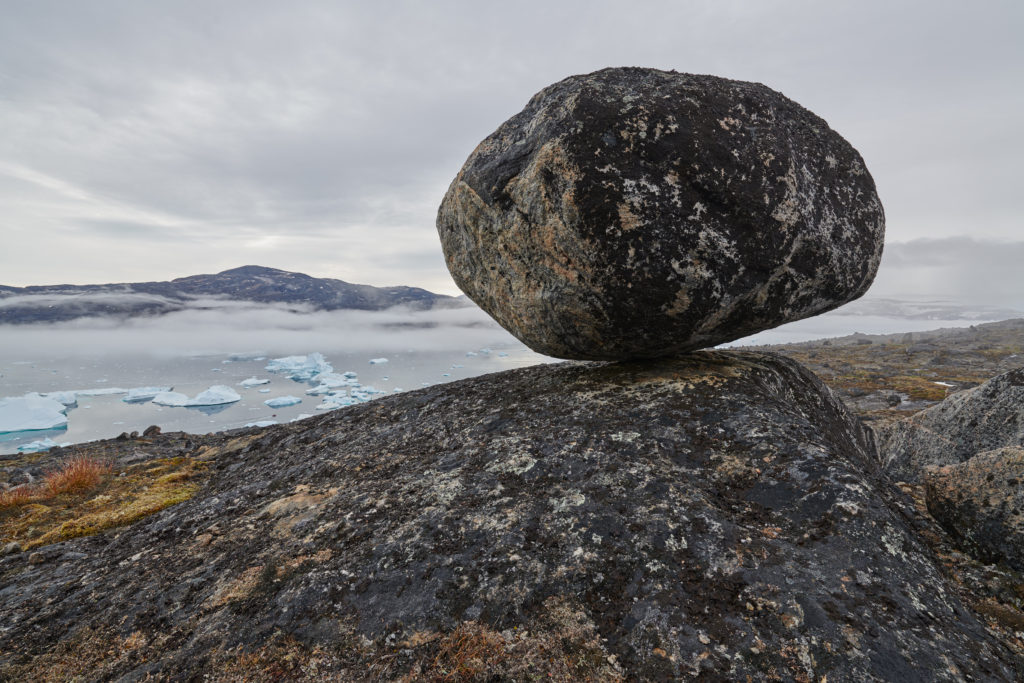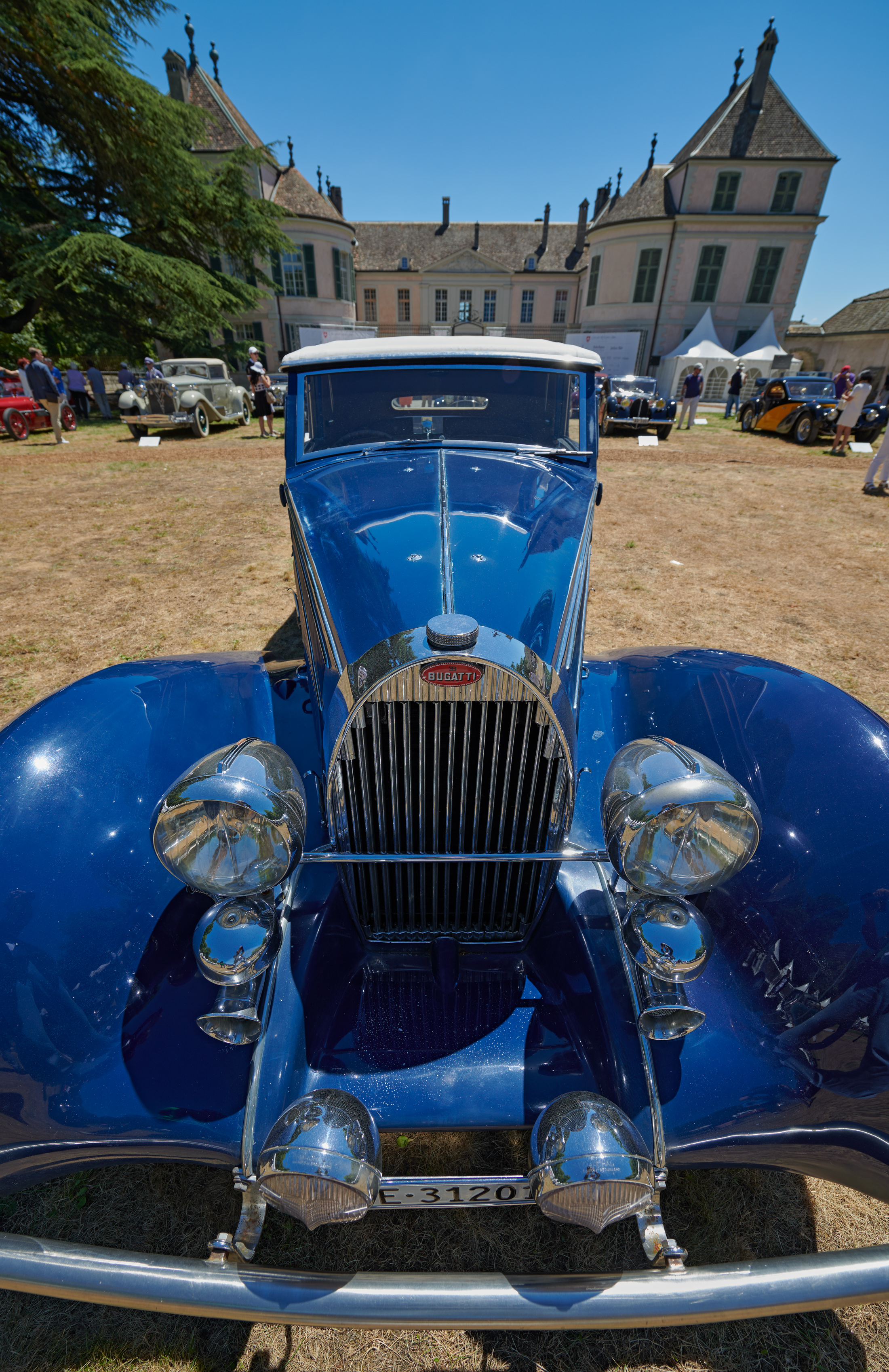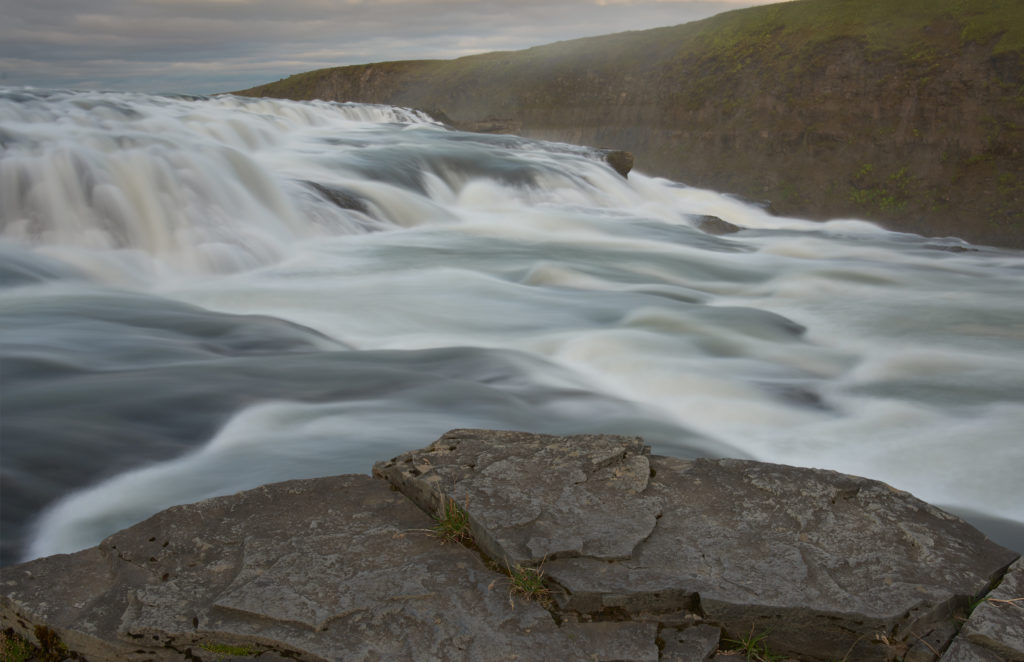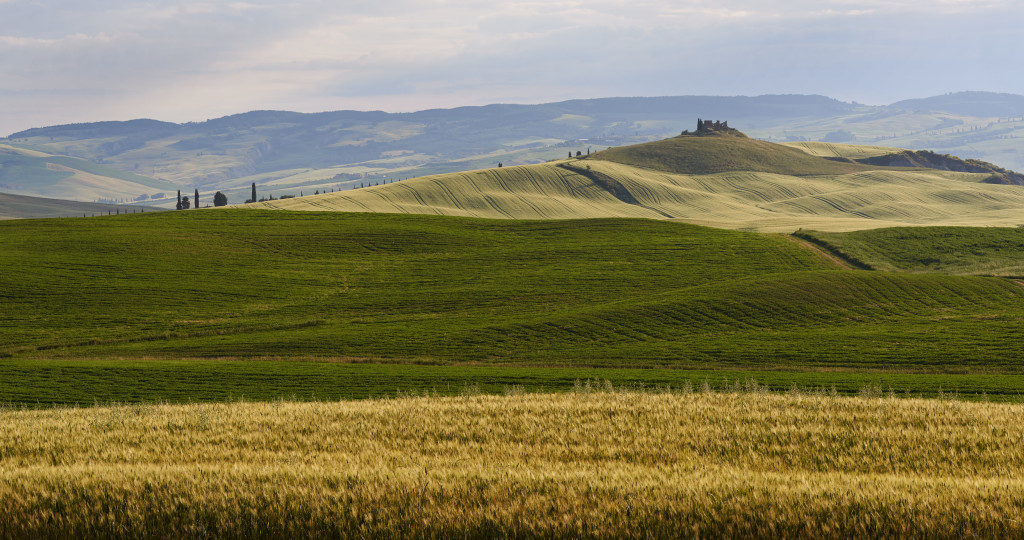Stacked Arctic Landscapes

I’m back from an expedition cruise to the Baffin Bay high up in the Arctic between Canada and Greenland, a trip that brought me back to the roots as a landscape photographer.
Landscapes have been my exclusive subjects for more than 20 years when shooting film with a 4×5 view camera. Landscapes require detail. A beautiful scene, matching light (there is no such thing as bad light as everything boils down to finding a subject that matches the light), a solid composition, and exceptional detail in both the shadows and the highlights can create another level of viewing pleasure; the finished print revealing more detail than was perceivable with the naked eye.


